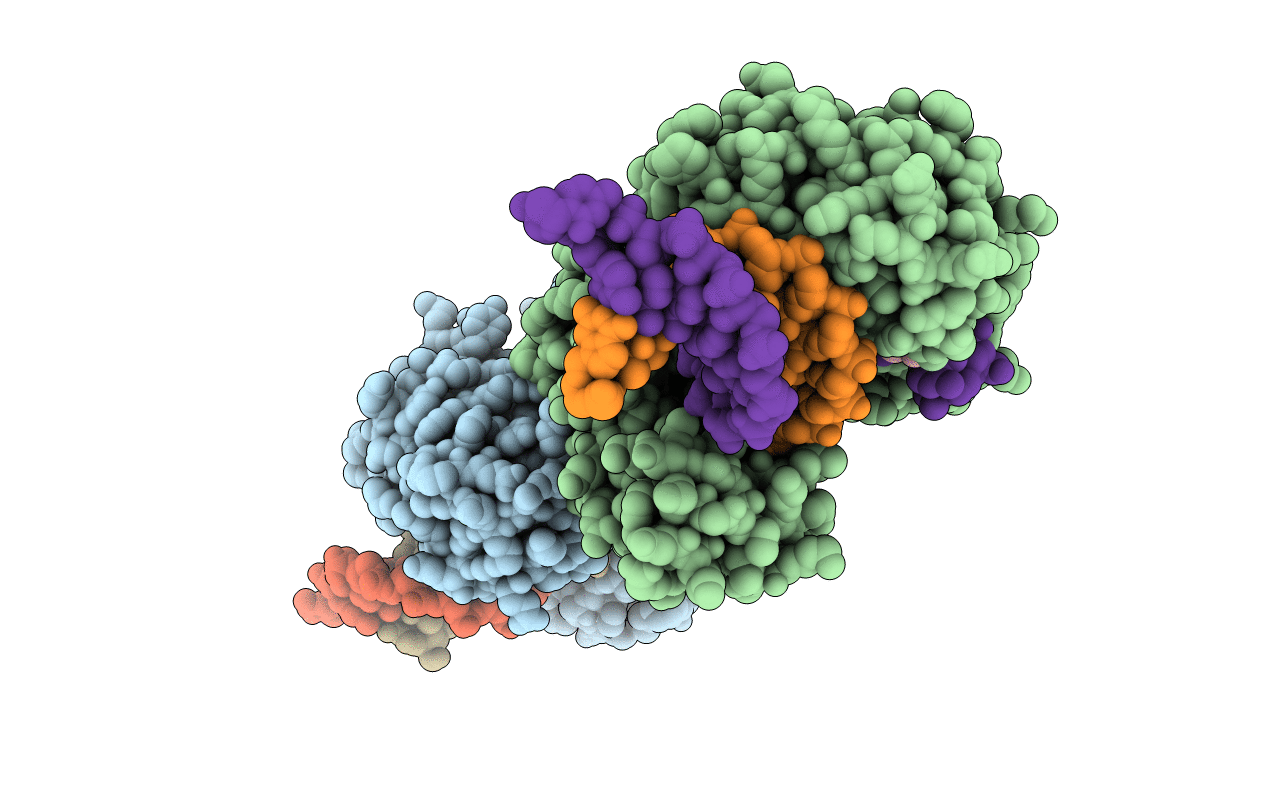
Deposition Date
2009-10-30
Release Date
2010-02-16
Last Version Date
2023-09-06
Entry Detail
PDB ID:
3KHH
Keywords:
Title:
Dpo4 extension ternary complex with a C base opposite the 2-aminofluorene-guanine [AF]G lesion
Biological Source:
Source Organism:
Sulfolobus solfataricus P2 (Taxon ID: 273057)
Host Organism:
Method Details:
Experimental Method:
Resolution:
2.70 Å
R-Value Free:
0.25
R-Value Work:
0.19
R-Value Observed:
0.19
Space Group:
P 1 21 1


